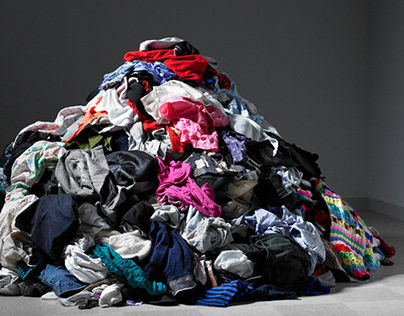INSIDE THE FASHION INDUSTRY – The Power of Fashion Transparency: What Emerging Designers Can Learn from the Loro Piana Scandal
- Barbara Sessim

- Jul 16, 2025
- 3 min read

In an era where conscious consumerism is reshaping fashion from the ground up, transparency in production is no longer optional—it’s foundational. For emerging designers, this shift presents both a challenge and a unique opportunity to stand out by aligning brand values with a new generation of customer expectations. A recent scandal involving luxury giant Loro Piana, a name long associated with discretion, exclusivity, and craftsmanship, reveals just how vital transparency has become.
The Loro Piana Scandal: When Silence Backfires
In May 2024, Il Fatto Quotidiano and The Guardian exposed that Loro Piana’s prized cashmere, often marketed as among the most refined and ethical in the world, was being produced through labor exploitation in Mongolia. The reports detailed how workers at goat farms and raw material suppliers were subject to long hours, extremely low pay, and poor living conditions—all far removed from the luxury image portrayed in Western markets. Despite being part of the LVMH portfolio, Loro Piana had little to say in terms of full supply chain traceability or concrete corrective measures when confronted.
The backlash was immediate. Consumers, particularly in Europe and North America, questioned how a brand that charges thousands for a single garment could operate with such opacity. For many in the industry, the incident served as a wake-up call: if even heritage brands are not immune to scrutiny, then transparency must be an active, visible part of any brand's identity.
Why Transparency Matters for Emerging Designers
For smaller and emerging brands, transparency is more than just damage control—it’s a powerful marketing tool. In a saturated fashion landscape, offering customers a behind-the-scenes look at how and where garments are made builds trust, loyalty, and a compelling brand narrative.
Whether it’s sharing images of your atelier in Peru, documenting your collaboration with local artisans in Portugal, or listing the traceable materials used in each piece, transparency humanizes your business. And more importantly, it gives you a competitive advantage against larger, less agile companies still struggling to adapt to consumer demands for ethical and environmental accountability.
Transparency Also Shapes Your Budget—In a Good Way
Let’s be clear: being transparent about your production practices doesn’t mean hiding how small your quantities are or downplaying your limited resources. Quite the opposite! When you’re open about using premium organic cotton, sourcing from family-owned workshops, or producing only 50 units per style to avoid waste, you’re also telling your customers why your garments are priced the way they are.
This honesty allows you to build pricing strategies that reflect the real value behind each piece. Instead of cutting corners to meet artificially low retail price points, you can confidently explain why your t-shirt costs $80, not $20. In turn, your business becomes more sustainable—financially and ethically.
Budgeting with transparency in mind allows you to prioritize long-term health over short-term sales. Your margins can remain healthy because your audience understands what they're paying for. And when your marketing and product development align with your values, you avoid costly rebranding or crisis control down the line.
From Strategy to Execution: Your Business Plan Should Work for You
Over the years, I’ve worked with designers at various stages of their journey—some just starting out, others pivoting after production setbacks. And one truth remains: a solid, customized business plan makes all the difference.
In my program, I help fashion entrepreneurs craft strategies that reflect their brand DNA, financial goals, and market realities. That includes a marketing plan overview built around the newest industry trends—like transparency, traceability tech, small-batch storytelling, and new consumer behaviors around sustainability.
Whether you're figuring out how to price your first collection or navigating supplier relationships, you don’t have to do it alone!
You can schedule a free 30-minute strategy call with me through the link below.https://go.oncehub.com/BarbaraSessim
Sources:







Comments